Seonyeong Heo
DSORT-MCU: Detecting Small Objects in Real-Time on Microcontroller Units
Oct 22, 2024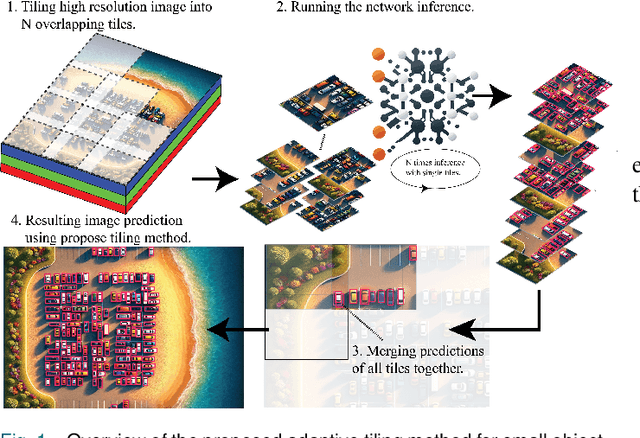
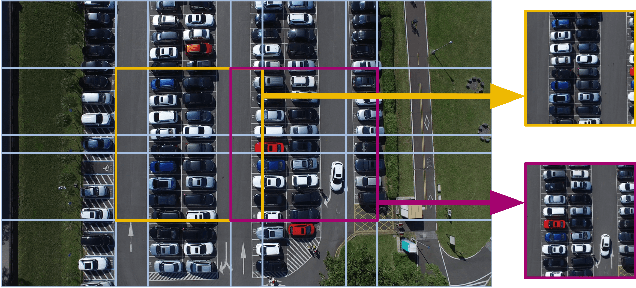

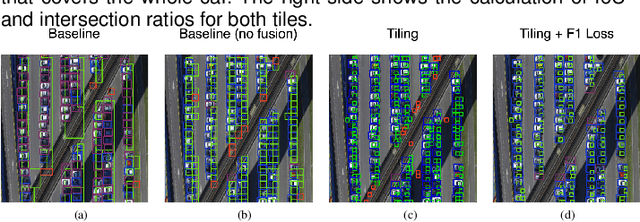
Abstract:Advances in lightweight neural networks have revolutionized computer vision in a broad range of IoT applications, encompassing remote monitoring and process automation. However, the detection of small objects, which is crucial for many of these applications, remains an underexplored area in current computer vision research, particularly for low-power embedded devices that host resource-constrained processors. To address said gap, this paper proposes an adaptive tiling method for lightweight and energy-efficient object detection networks, including YOLO-based models and the popular FOMO network. The proposed tiling enables object detection on low-power MCUs with no compromise on accuracy compared to large-scale detection models. The benefit of the proposed method is demonstrated by applying it to FOMO and TinyissimoYOLO networks on a novel RISC-V-based MCU with built-in ML accelerators. Extensive experimental results show that the proposed tiling method boosts the F1-score by up to 225% for both FOMO and TinyissimoYOLO networks while reducing the average object count error by up to 76% with FOMO and up to 89% for TinyissimoYOLO. Furthermore, the findings of this work indicate that using a soft F1 loss over the popular binary cross-entropy loss can serve as an implicit non-maximum suppression for the FOMO network. To evaluate the real-world performance, the networks are deployed on the RISC-V based GAP9 microcontroller from GreenWaves Technologies, showcasing the proposed method's ability to strike a balance between detection performance ($58% - 95%$ F1 score), low latency (0.6 ms/Inference - 16.2 ms/Inference}), and energy efficiency (31 uJ/Inference} - 1.27 mJ/Inference) while performing multiple predictions using high-resolution images on a MCU.
TinySeg: Model Optimizing Framework for Image Segmentation on Tiny Embedded Systems
May 03, 2024Abstract:Image segmentation is one of the major computer vision tasks, which is applicable in a variety of domains, such as autonomous navigation of an unmanned aerial vehicle. However, image segmentation cannot easily materialize on tiny embedded systems because image segmentation models generally have high peak memory usage due to their architectural characteristics. This work finds that image segmentation models unnecessarily require large memory space with an existing tiny machine learning framework. That is, the existing framework cannot effectively manage the memory space for the image segmentation models. This work proposes TinySeg, a new model optimizing framework that enables memory-efficient image segmentation for tiny embedded systems. TinySeg analyzes the lifetimes of tensors in the target model and identifies long-living tensors. Then, TinySeg optimizes the memory usage of the target model mainly with two methods: (i) tensor spilling into local or remote storage and (ii) fused fetching of spilled tensors. This work implements TinySeg on top of the existing tiny machine learning framework and demonstrates that TinySeg can reduce the peak memory usage of an image segmentation model by 39.3% for tiny embedded systems.
Enhancing Lightweight Neural Networks for Small Object Detection in IoT Applications
Nov 13, 2023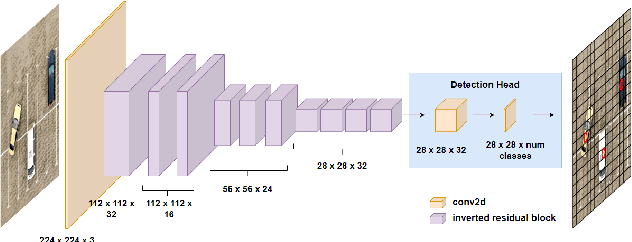
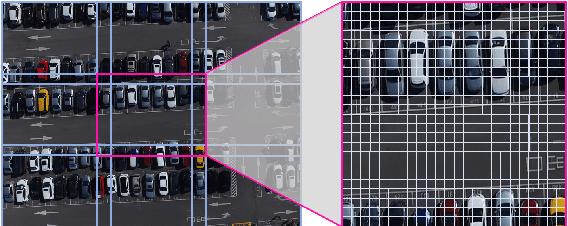


Abstract:Advances in lightweight neural networks have revolutionized computer vision in a broad range of IoT applications, encompassing remote monitoring and process automation. However, the detection of small objects, which is crucial for many of these applications, remains an underexplored area in current computer vision research, particularly for embedded devices. To address this gap, the paper proposes a novel adaptive tiling method that can be used on top of any existing object detector including the popular FOMO network for object detection on microcontrollers. Our experimental results show that the proposed tiling method can boost the F1-score by up to 225% while reducing the average object count error by up to 76%. Furthermore, the findings of this work suggest that using a soft F1 loss over the popular binary cross-entropy loss can significantly reduce the negative impact of imbalanced data. Finally, we validate our approach by conducting experiments on the Sony Spresense microcontroller, showcasing the proposed method's ability to strike a balance between detection performance, low latency, and minimal memory consumption.
 Add to Chrome
Add to Chrome Add to Firefox
Add to Firefox Add to Edge
Add to Edge